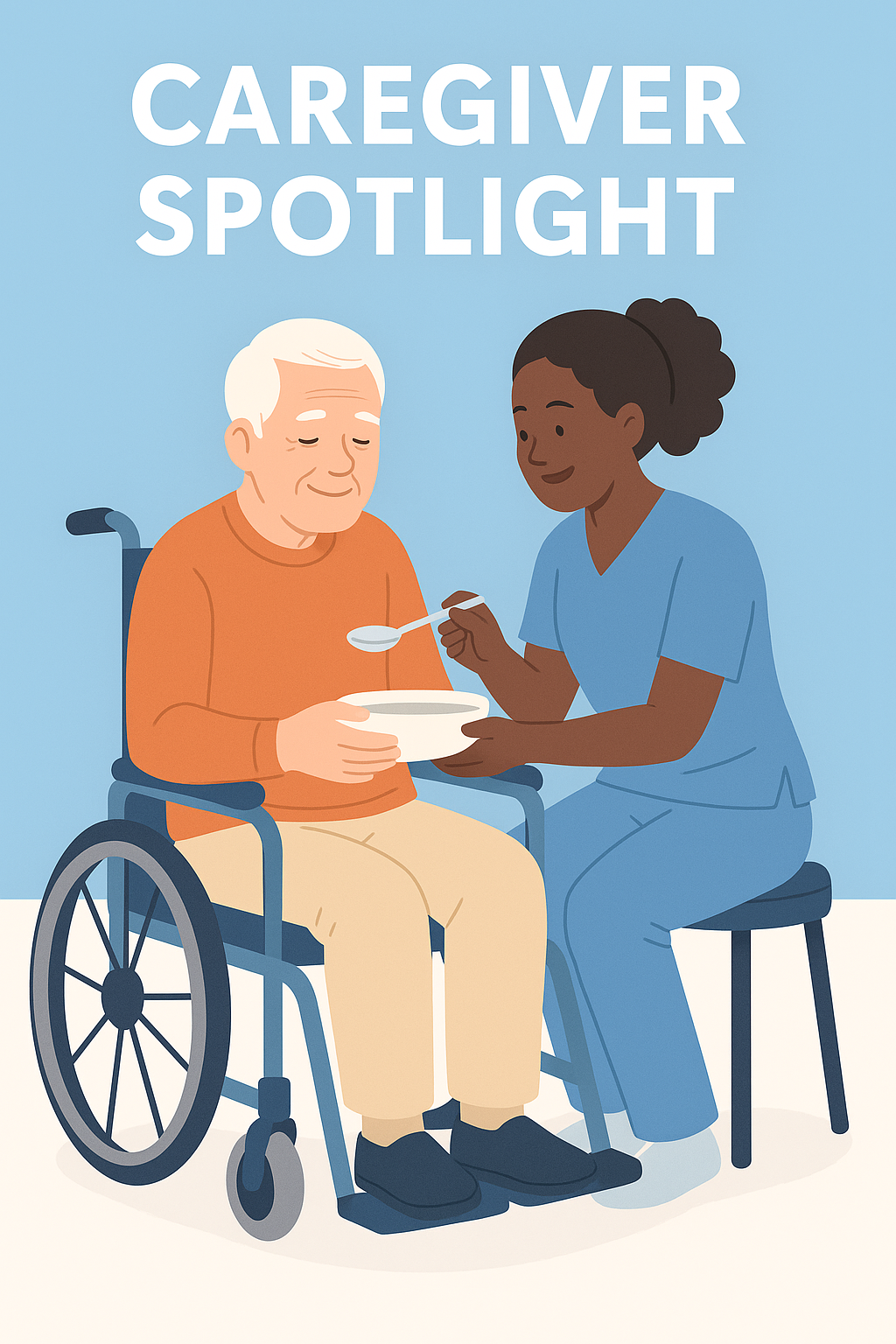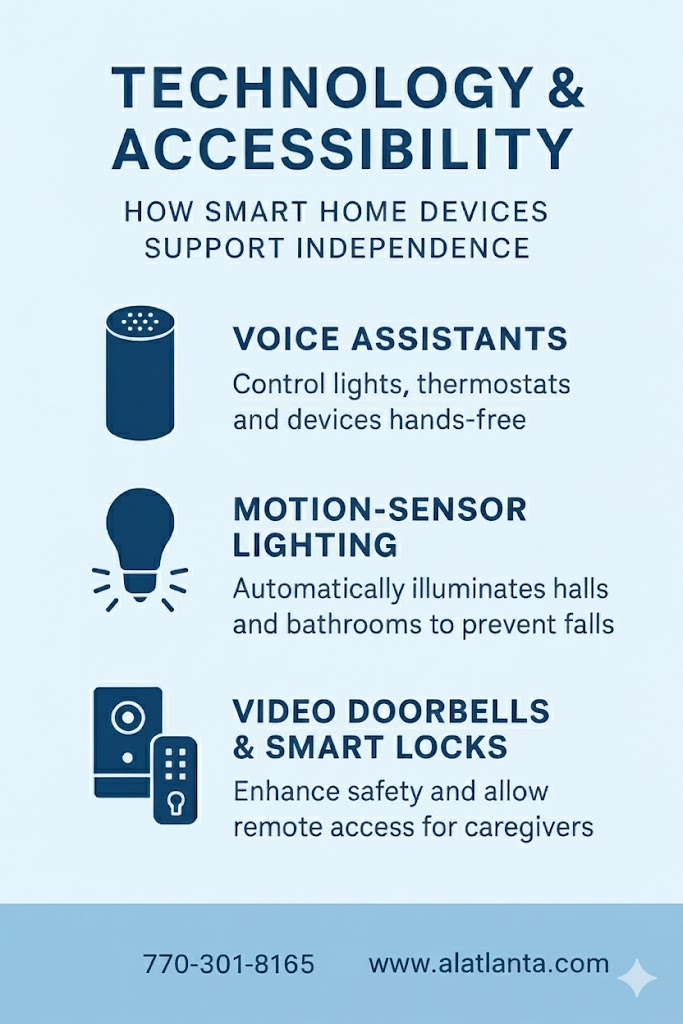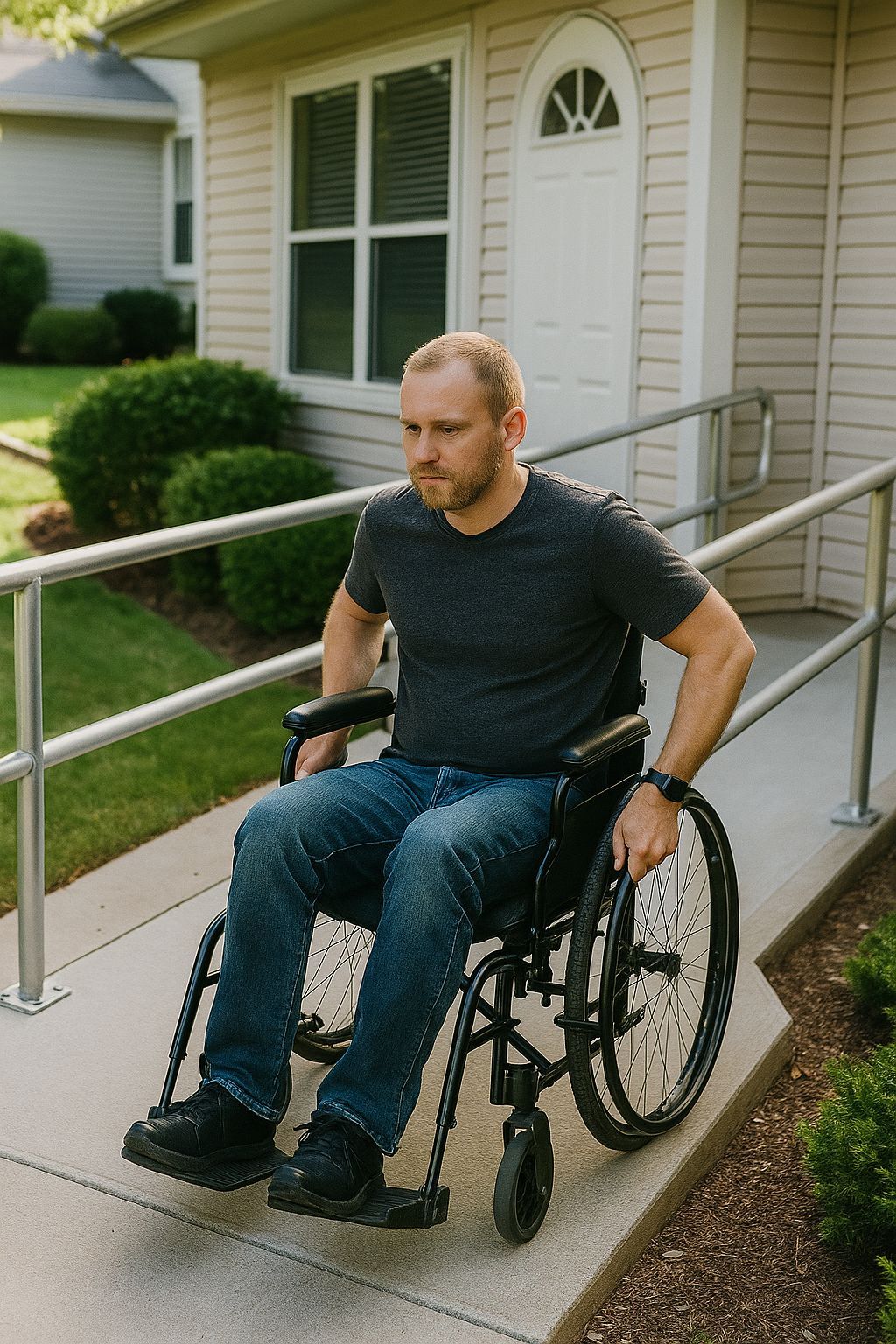Death Is Inevitable. It's Time We Learned to Talk About It.
Years ago, in a busy emergency department, I found myself joining my mentor at the bedside of an elderly man experiencing chest pain. After completing the physical exam, the doctor unceremoniously changed gears to abruptly ask our patient, "If your heart were to stop beating, do you want us to do everything?"
Between the stress of the situation and the vague and awkward delivery of the question, our patient seemed (understandably) overwhelmed. So was I.
I wish I could say this clumsy navigation of a conversation relating to medical decision making and end-of-life care was a one-off. However, I've observed similarly worded interactions far too often. In healthcare, a field dealing with life and death every day, it's surprising how little we talk about death.
Of course, in a profession that celebrates life, triumphs over disease, and seeks cures, mortality can seem like a failure. Advanced directives demand a grappling with the uncertainty surrounding health outcomes and the potential need for decisions to be made in unforeseen circumstances. It can be challenging to balance the desire to assert control over one's medical destiny with the humility to acknowledge the limits of that control.
Yet, morbidity, mortality, and the many grey zones in between are ever-present in healthcare. As a medical student, I believe it is crucial to equip future physicians with the skills to navigate these conversations, especially in acute situations where time is limited and patient capacity for decision-making can quickly change over the course of their hospital stay.
End-of-life conversations can feel like a "word soup" of sorts. Between numerous provisions -- from advanced directives to powers-of-attorney to living wills and informal verbal instructions -- it is easy for patients and providers alike to feel lost. In addition, decisions on how to die are incredibly personal to each patient and family. Providers must also consider the nuances of cultural attitudes towards death; the location and family arrangements surrounding a person at the end of life; and the varying emotional responses and feelings of decision paralysis surrounding how one dies and how one feels about dying. Unfortunately, these feelings of disorientation can often cause the most harm in acute care settings like emergency departments.
Multiple studies have highlighted the positive impact that early exposure to palliative care and communication of end-of-life goals can have on patient satisfaction at the end of life. In the context of a rapidly aging population -- both in the U.S. and abroad -- elderly and terminally ill adults often present to emergency departments several times in the last 3 to 6 months of their lives. These visits provide opportunities for healthcare professionals to listen to patients and enable them to share and communicate their goals of care, as well as to assume some agency over their healthcare choices concerning end-of-life care.
For older adults with serious illness, studies demonstrate that conversations about end-of-life care planning are associated with improved quality of life and a greater likelihood of health wishes and directives being communicated and followed. For families, early end-of-life conversations are associated with reduced distress and discomfort related to medical decision-making, and improved bereavement adjustment.
In a recent study by Alice Chang, DO, et al., 88% of medical residents agreed that palliative care literacy was a critically important skill for emergency medical providers; however, up to 46% reported having minimal knowledge or training in this area. Beyond arming emergency medical providers with the medical skills to recognize and manage patients at the end of life, it is equally important to empower emergency physicians with the skills to navigate and engage their patients through end-of-life care conversations.
In addition to greater training for emergency physicians, all clinicians should gain some literacy in communicating choices about end-of-life care and shed the all-too-common clinician awkwardness around death and dying. While my own medical school curriculum included one or two lectures on palliative care and navigating the end of life, the bulk of my experience comes from self-learning and actively seeking experiences in the palliative care field or being thrust into situations on the medical wards.
It is not fair to patients who may already be disoriented to make them interact with similarly disoriented doctors who navigate end-of-life care ineptly. Like all aspects of care, navigating end-of-life care and building literacy in this field is a skill that must be developed through ample practice.
End-of-life care is not a sideline issue but a core component of compassionate, patient-centered healthcare. By improving palliative care literacy among medical professionals, we can ensure that patients receive the support and respect they deserve in their final days. This extends beyond medical care, and refers to the ability to communicate with empathy and clarity, guiding patients and their families through some of the most challenging decisions they will ever face.
As providers, our goal should be to create a healthcare environment where conversations about death are not avoided but instead are approached with sensitivity and competence. This approach can improve outcomes for patients and families, reduce the emotional burden on healthcare providers, and ultimately reflect a more holistic and personalized approach to medical care.
Death is an inevitable part of life, and our healthcare system must be better equipped to handle it. By fostering open, honest, and compassionate discussions about end-of-life care, we can provide patients with more dignity throughout their experience. Or, at the very least, we can meet patients at the bedside with tact and grace when supporting their wishes and needs near the end of their lives.
Nidhi Bhaskar is a third-year medical student at the Warren Alpert School of Medicine at Brown University in Providence, Rhode Island, and a member of MedPage Today's advisory board, The Lab. An alumnus of Brown University and the University of Oxford, she hopes to bridge her background in medical anthropology with the practice of medicine to shape global health interventions and public policy.



